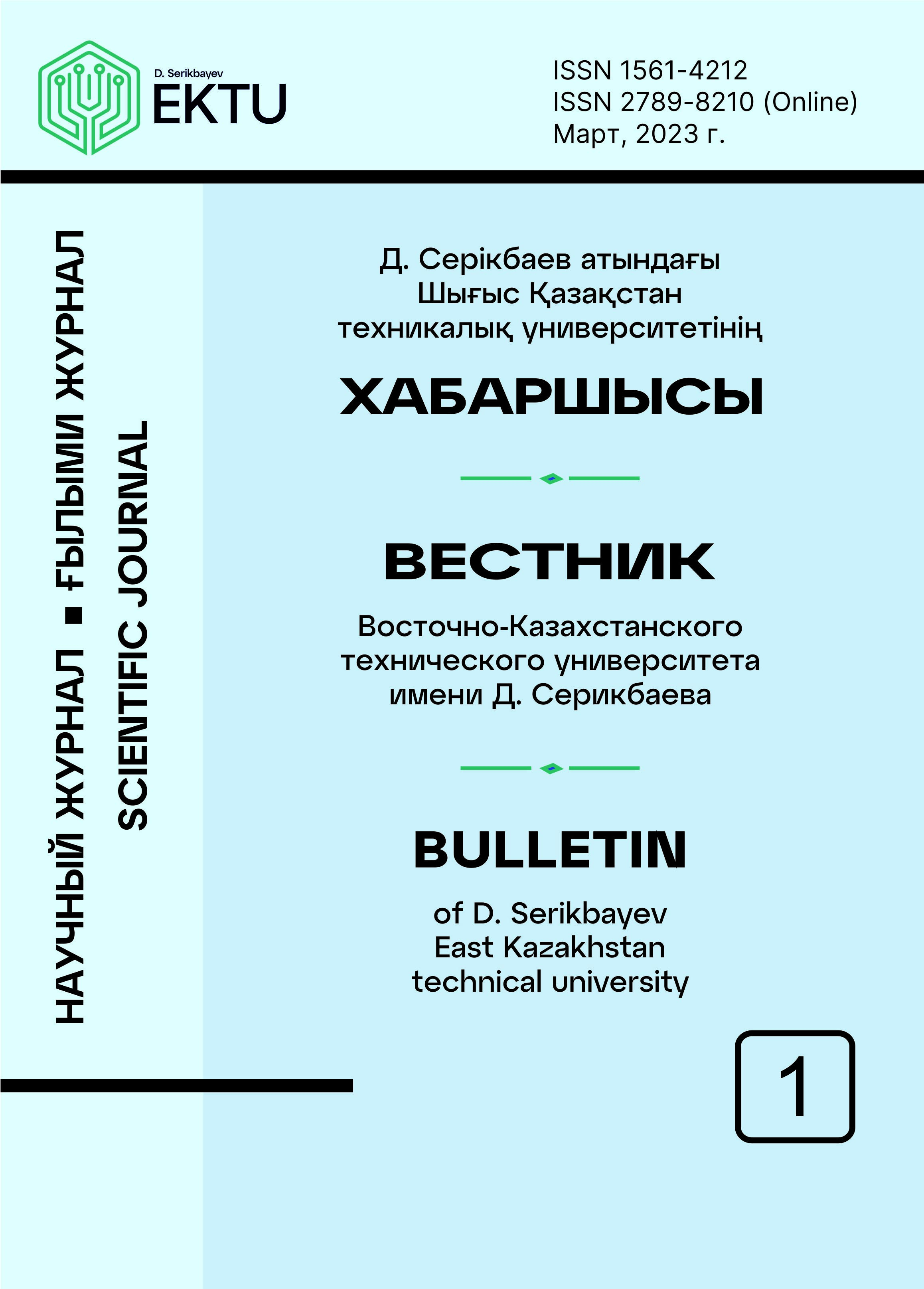RISK ASSESSMENT OF CONTROL AND DECISION-MAKING IN THE AIRCRAFT CONTROL SYSTEM
Published:
2023-03-31Section:
СтатьиArticle language:
RussianKeywords:
aviation industry, digital transformation, method, technology, model, criterion, probability, imitation, maturity level., авиация саласы, цифрлық трансформация, әдіс, технология, модель, критерий, ықтималдық, еліктеу, жетілу деңгейі.Abstract
The aim of the article is to develop a methodology for quantitative assessment of the risks of control and decision-making in the control system of complex objects using the example of aircraft. Manned and unmanned vehicles are considered as aircraft. The risk is presented in the work as a complex multifactorial qualitative phenomenon of a stochastic nature. For quantitative risk assessment, formal mathematical and simulation models are proposed. The process of control and decision-making is studied as a complex stochastically programmable system in the conditions of digital transformation of the internal and external environment. Under the external environment, the aviation industry is represented, and under the internal environment, the aviation enterprise. The quantitative level of control risks, conceptually and in practice, is proposed to be assessed by the digital maturity of the stages of the life cycle of control agents: design, production and operation. The general approach and tasks of studying the processes of risk formation in the management of aircraft are presented systematically in three digital conceptual contexts. In the volume of the general context, the concept of the digital transformation of the aviation industry is explored. At the second conceptual level, the problem is considered on the example of an aviation enterprise. At the third system level, the most dynamically developing digital technologies in practice, such as "Maintenance of aviation equipment" and "Components of robotics and sensors" are explored. The unmanned aerial vehicle is presented as a robotic complex. In these structural and functional technologies of digital transformation, the most promising and significant digital components are: "Personnel"; "Models"; "Infrastructure and tools"; "Processes and products"; "Data". The least secure system link in the exchange of information between an aircraft and the external environment is a radio channel, which is proposed to be replaced by VLC technology in the face of external cyber threats. The formalization of the process of quantitative assessment of the level of digital maturity of an aviation enterprise and the practiced control system in the study is based on a multi-approach methodology using sections of probability theory, mathematical statistics, simulation modeling, and the method of expert assessments.
License
Copyright (c) 2023 Вестник ВКТУ

This work is licensed under a Creative Commons Attribution 4.0 International License.
Most read articles by the same author(s)
- Карлыгаш Алибеккызы, ALGORITHM FOR DESIGNING VR APPLICATIONS FOR TECHNOLOGICAL PROCESSES OF AVIATION EQUIPMENT REPAIR , Вестник ВКТУ: No. 3 (2022): "Vestnik D. Serikbayev of EKTU"
- Карлыгаш Алибеккызы, GEOSPATIAL DIGITAL TWIN OF THE NEAR-AIRDROME ECOLOGICAL ENVIRONMENT , Вестник ВКТУ: No. 2 (2023): "Vestnik D. Serikbayev of EKTU"
- Карлыгаш Алибеккызы, SMART TECHNOLOGIES IN RISK MANAGEMENT CONTROL AND DECISION-MAKING SYSTEMS IN A FUZZY DATA ENVIRONMENT , Вестник ВКТУ: No. 3 (2022): "Vestnik D. Serikbayev of EKTU"
- Карлыгаш Алибеккызы, FORMAL METHODS FOR ASSESSING THE LEVEL OF DIGITAL MATURITY OF THE AVIATION INDUSTRY , Вестник ВКТУ: No. 4 (2022): "Vestnik D. Serikbayev of EKTU"
- Карлыгаш Алибеккызы, CREATING COMPUTER SIMULATION OF MOVEMENT CONTROL PROCESSES OF ROBOT-MANIPULATORS , Вестник ВКТУ: No. 1 (2025): "Вестник ВКТУ им.Д.Серикбаева"
- Карлыгаш Алибеккызы, ONTOLOGICAL ENGINEERING TO DETERMINE REVEAL INTER-SUBJECT RELATIONS BETWEEN MATHEMATICS AND COMPUTER STUDIES , Вестник ВКТУ: No. 4 (2022): "Vestnik D. Serikbayev of EKTU"
- Карлыгаш Алибеккызы, MULTI-PASS QUALITY CONTROL MANAGEMENT PARADIGM IN STOCHASTICALLY PROGRAMMABLE MULTI-AGENT SYSTEMS , Вестник ВКТУ: No. 4 (2021): "Vestnik D. Serikbayev of EKTU"
